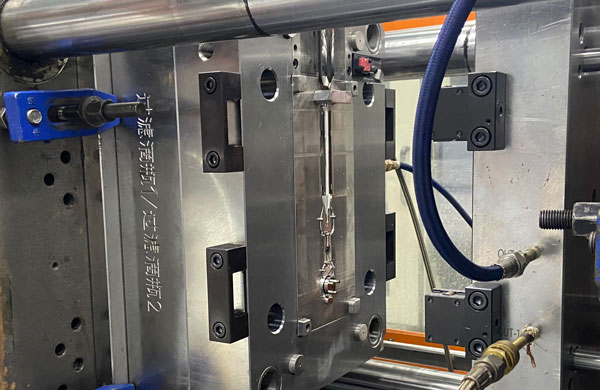Injection molding, as a core process in the plastics processing industry, involves complex and meticulous steps and is a central aspect of developing injection molding procedures. This article provides a comprehensive analysis of the entire injection molding process, covering three major aspects: preparations before injection molding, the injection process, and post-processing of plastic parts.
I. Thorough Preparations Before Injection Molding
To ensure the smooth progress of the injection molding process and meet the quality requirements of plastic parts, thorough preparations before molding are essential. These preparations encompass various steps, including raw material inspection, coloring, drying, barrel cleaning, preheating of metal inserts, and selection of release agents. Each step requires strict control to lay a solid foundation for subsequent injection molding.

II. Precise Operations During the Injection Process
The injection molding process is a complex one that involves multiple steps, including feeding, plasticization, injection, packing, cooling, and ejection. From the perspective of actual changes during injection molding, this process can be divided into two major stages: plasticization of the plastic and filling of the mold cavity with melt, followed by cooling and solidification. Each step in these stages requires precise control to ensure the quality and performance of the plastic parts.
III. Post-Processing of Plastic Parts Cannot Be Ignored
After ejection from the mold, plastic parts often require appropriate post-processing to further improve their properties. This mainly includes annealing and conditioning treatments. Due to factors such as uneven plasticization, crystallization, orientation, and uneven cooling of the plastic in the mold cavity, internal stresses inevitably develop within the plastic parts. Annealing treatment can effectively eliminate these residual stresses, preventing deformation or cracking of the plastic parts during use. Conditioning treatment involves placing the freshly ejected plastic parts in hot water to isolate them from air, prevent oxidation, and further eliminate internal stresses, thereby enhancing the performance of the plastic parts.